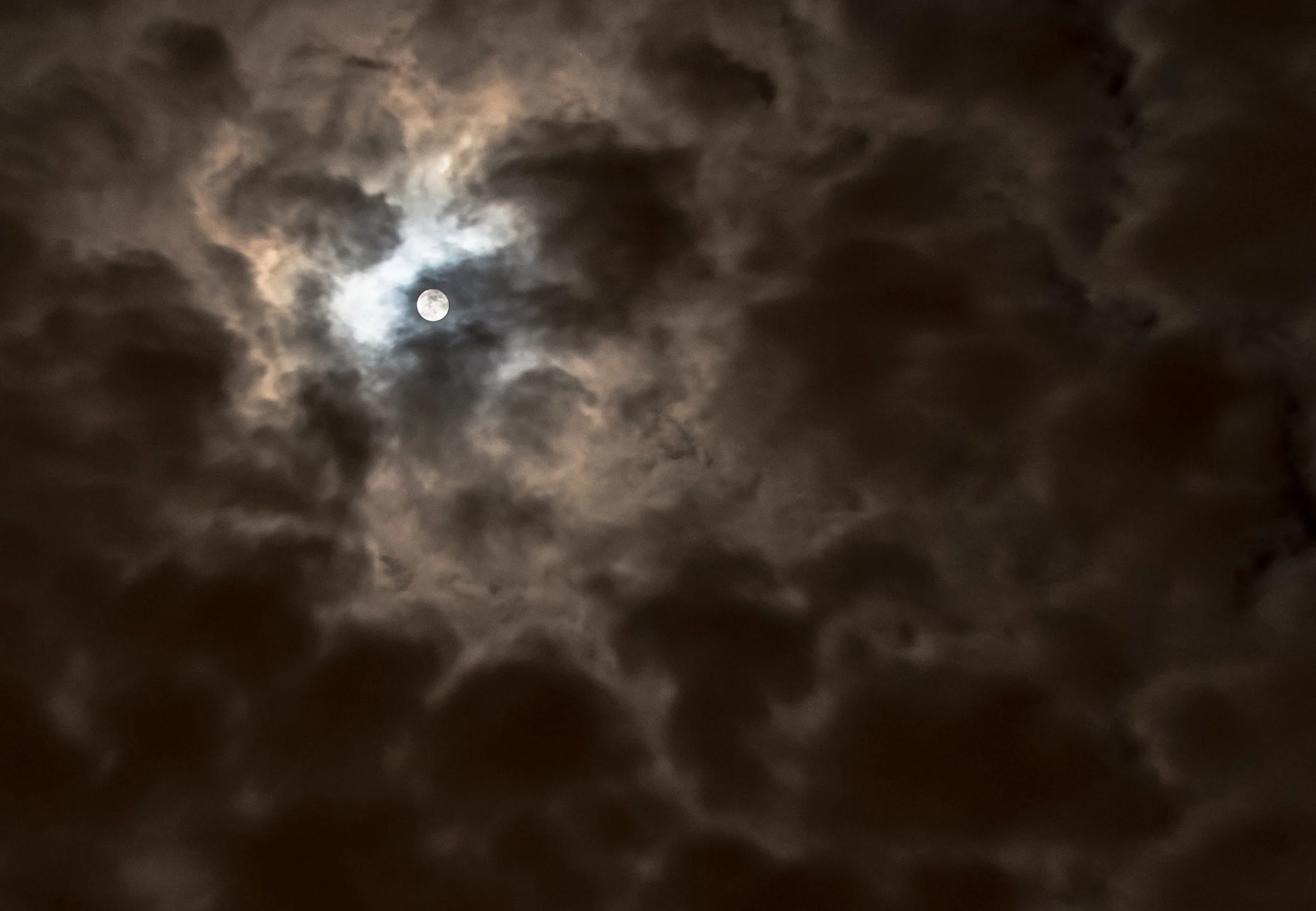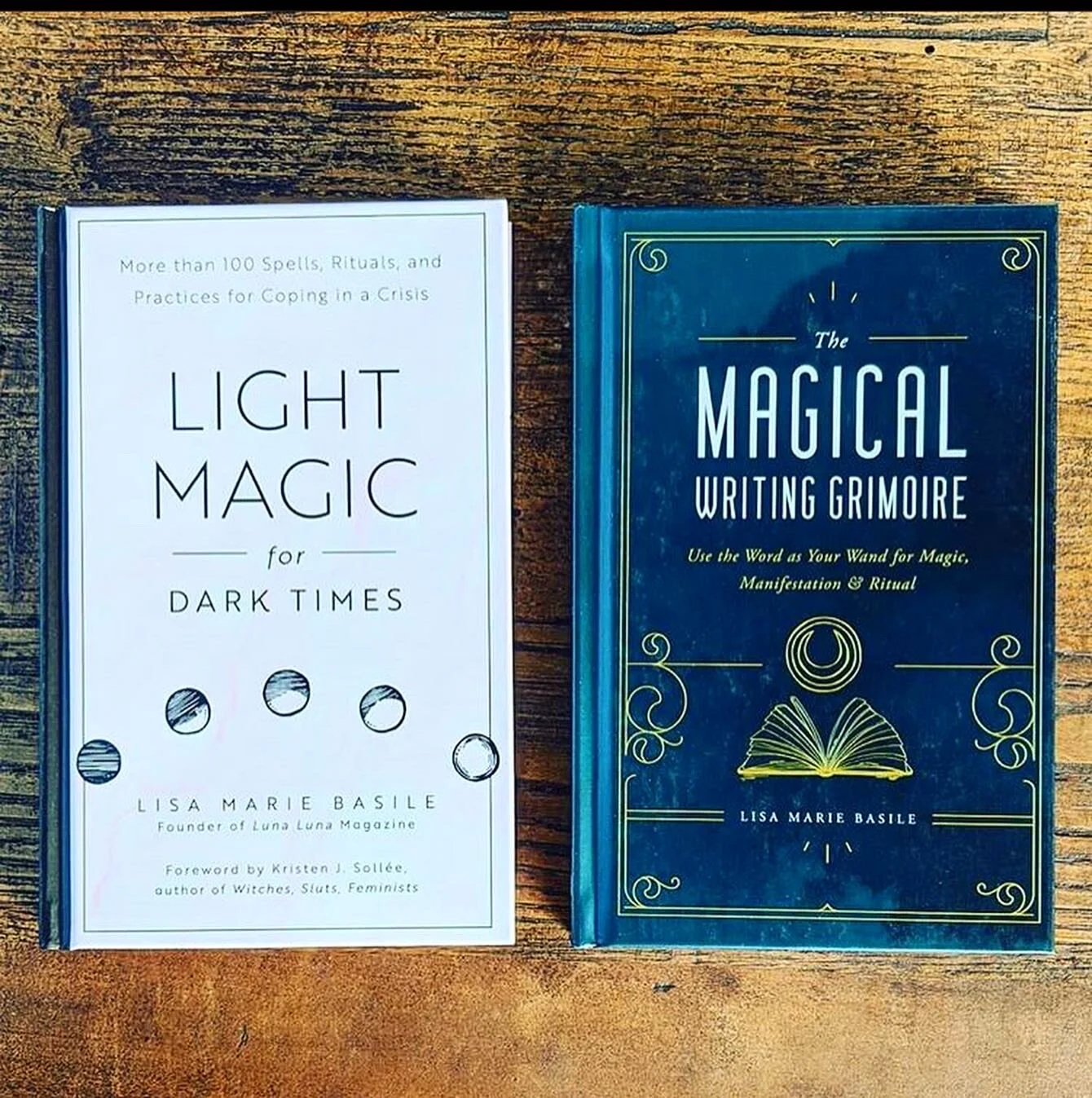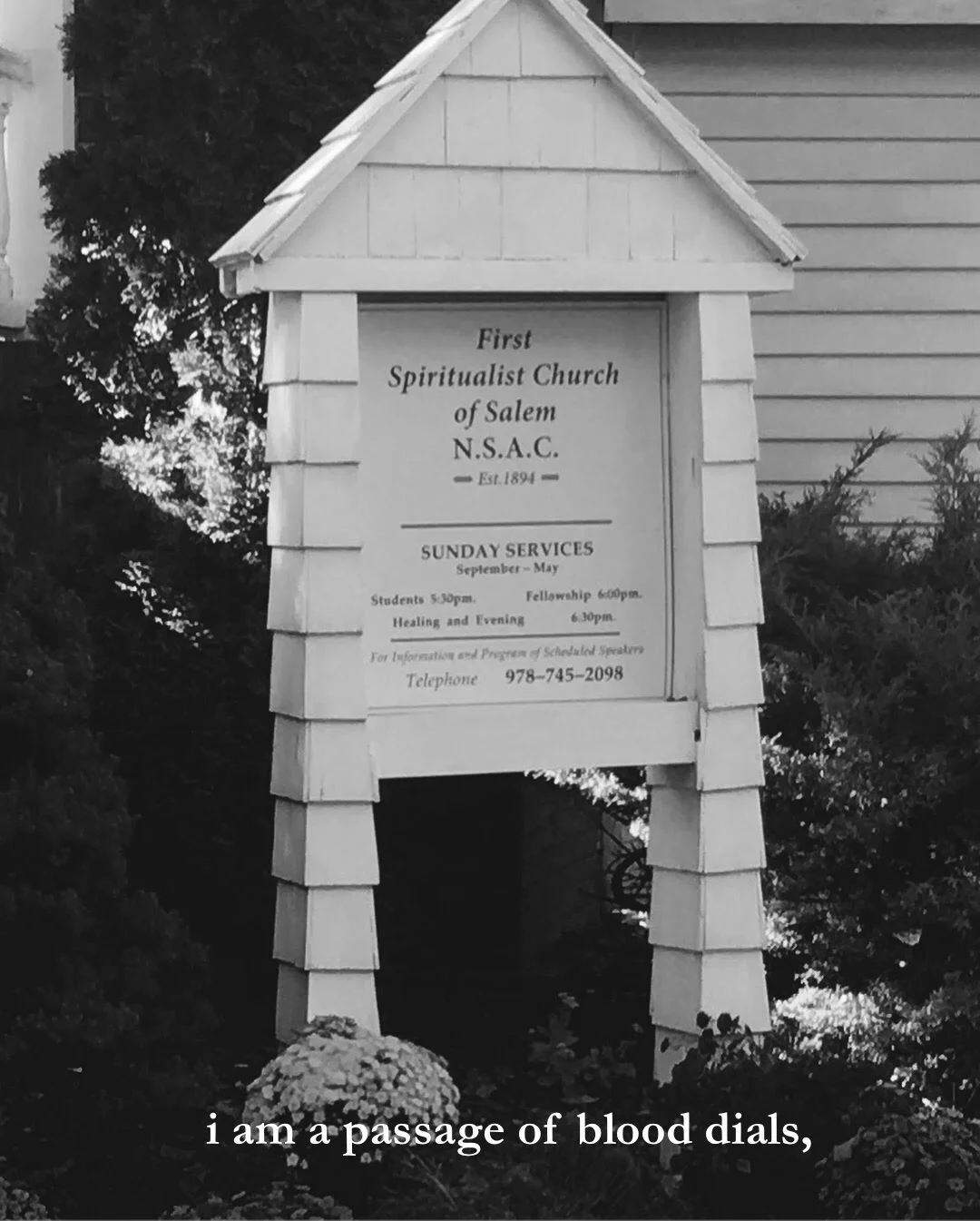BY JOANNA C. VALENTE
Did you know that Kabbalah has a hand in the Tarot? Many people don't know this, but it's true—and one of the more fascinating parts of the Tarot. Tarot, as a whole, has mysterious origins (are you shocked?). For instance, some origins date back to the Egyptians, while others say thirteenth-century France (which you can see in the Marseilles deck). And then, others say Italy has its own history.
So, what does Jewish mysticism, or Kabbalah, have to do with the Tarot? Well, a lot. It all started in 1856 when Alphonse Louis Constant, also known as Eliphas Levi, published "the first book to associate the 22 cards of the Major Arcana with the 22 letters of the Hebrew alphabet and the four suits of the Minor Arcana with the Tetragrammaton—the four-letter name of God," as noted by Isabel Radow Kliegman. Then, Gerard Encausse, a student of Levi known as Papus, followed in his teacher's footsteps and published The Tarot of the Bohemians.
In that same year, Oswald Wirth published a deck of Major Arcana, incorporating the 22 designs and Hebrew letters together. It doesn't hurt, of course, that Tarot experts like Aleister Crowley, supported this. For instance, Crowley changed the Star and the Emperor, swapping them, so the Emperor corresponds to the Hebrew letter tzaddi, and the Star to heh. In Crowley's The Book of the Law, he wrote, "All these old letters of my Book are aright; but Tzaddi is not the Star" (chapter 1:57).
It is important to note that the Rider-Waite deck and the Golden Dawn decks do incorporate Hebrew, even if the Hebrew itself doesn't appear on the cards themselves. As Kliegman pointed out in her article, Waite "assigned Hebrew letters to the cards in his writings," while The Golden Dawn deck "associates the ten sefirot, or vessels, with the ten numbered cards, and the four olams, or realms, with the suits of the Minor Arcana."
The four suits commonly refer to the different journeys and facets in our lives (Swords being knowledge, Wands sexuality and passion, Cups being emotions, and Pentacles being money and career), thus showing us how we can receive fulfillment and guidance from the universe around us. Since Kabbalah means "receiving," this makes perfect sense, as we are receiving what we need from the universe, which we cannot fully understand. In Judaism, God is unknowable, undefinable, and unnamable, just as is our journey in the Tarot.
RELATED: What The Tarot Taught Me In a Month
Kliegman went on to say:
"The most important thing to know about Kabbalah is very simple: Kabbalah means 'receiving.' We are dealing with an explanation of the creation in terms of a generous God. (Kabbalistically, the godhead is twofold. There is Adonai, the male aspect of the godhead, the Lord. And there is the Holy Shechinah, the female aspect of the godhead. We are dealing with an androgynous spirit, not to be understood as male but as the divine ruling spirit, the Eternal One. Basic to the Kabbalistic system, then, is that the universe is created by a loving God whose wish is to give and who has created us specifically as creatures who can receive, with loving awareness and conscious appreciation. We have choices to make, and we can fall into evil ways, but we are born perfect."
In Kabbalistic Tarot: Hebraic Wisdom in the Major and Minor Arcana, the author Dovid Krafchow writes about how the history of the Jewish people relate to the search and quest for truth, for the self, in the same way the Tarot does:
The High Priestess, for instance, is holding a Torah—and sits between King Solomon's pillars. She is also surrounded by pomegranates. Largely, the card represents a search and balance of knowledge, a knowledge that is ironically limited by human experience. In addition, the card draws on the universe to guide the querent (hello, moon), while also searching from within in a way that balances the gender binaries (and thus, renders them neutral in many ways, despite the feminine aspect).
Tarot Wikipedia lays out the Tarot/Kabbalah chart:
And then this too:
"Assiah (world of the manifest)
Yetsirah (world of the formative)
Briah (world of the creative)
Aziluth world of the archtypical)
Kabbalah derives from the Hebrew word meaning ‘to receive.'"
Kleigman has a helpful chart too:
Needless to say, the connection between the Tarot and Kabbalah is undeniable—and as a reader, I encourage anyone interested in reading Tarot themselves to research more about this.
Joanna C. Valente is a human who lives in Brooklyn, New York, and is the author of Sirs & Madams (Aldrich Press, 2014), The Gods Are Dead (Deadly Chaps Press, 2015), Marys of the Sea (The Operating System, 2017), Xenos (Agape Editions, 2016) and the editor of A Shadow Map: An Anthology by Survivors of Sexual Assault (CCM, 2017). Joanna received a MFA in writing at Sarah Lawrence College, and is also the founder of Yes, Poetry, a managing editor for Luna Luna Magazine and CCM, as well as an instructor at Brooklyn Poets. Some of Joanna's writing has appeared, or is forthcoming, in Brooklyn Magazine, Prelude, Apogee, Spork, The Feminist Wire, BUST, and elsewhere.



































